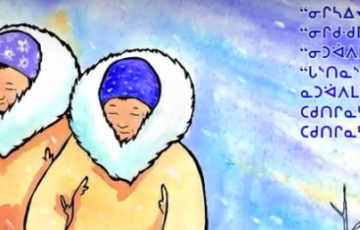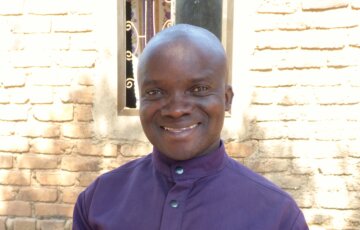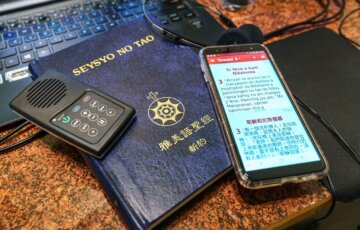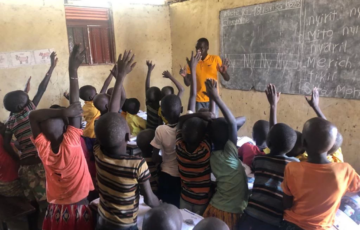|
Last but not least |

Naskapi is alive
«Language is very important because that is our identity, what makes us unique as Naskapi people,» says Amanda Swappie, a team language specialist and translator since 2013. «Without it, our culture and traditions would not be the same. This is the main reason I do what I do—to help keep it alive for generations to come.»
Still endangered?
Across Canada, indigenous peoples are struggling to save their languages. In many communities, it is only the older people who speak their mother tongues relatively fluently.
This situation exists for several reasons. Over most of the 20th Century, the federal government undermined use of indigenous languages by removing 150,000 Aboriginal children from their families and putting them in residential schools, where abuse was all too prevalent and mother tongues were banned. In addition, today’s Aboriginal youth are speaking less and less of their languages as they are constantly exposed to English and French through TV and online devices.
Apologetic governments want to help revitalize Aboriginal languages, as a means of reconciliation after their role in the residential school tragedy. Aboriginal communities are increasingly seeing the importance of strengthening their languages for community wholeness, well-being, and reconciliation.
The Naskapi
More than 1,000 Naskapis now live in their community of Kawawachikamach in Quebec, surrounded by forests and swampy muskeg (peat bog). Before settling here in 1983, the group roamed throughout northern Quebec and Labrador, following vast herds of caribou. Today, many Naskapis continue to hunt, fish and trap.
Forty years ago, Naskapi leaders, including visionary chief Joseph Guanish, asked several SIL linguists to help start a foundational grammar and dictionary project for the Naskapi language (which uses syllabics).
SIL’s Bill Jancewicz has been serving as resource linguist since he and his wife Norma Jean joined the community-based Naskapi language and culture development strategy in 1988. The project has yielded a Naskapi dictionary, mother-tongue literacy and education, printed Naskapi stories and legends, and translation efforts, including Scripture.
Dictionary and stories
The dictionary, though out of print, is available online. In 2018, work began on its extensive revision and expansion. About 1,000 previously uncollected words were added from the growing Naskapi legends and stories project and from Bible translation efforts.
The Naskapi legends and stories project continues to grow. «This provides not only a connection to their past in practice—Naskapi storytelling was an important part of their pre-contact cultural practice—many of the stories also include historical eyewitness accounts, as well as specifics about the Naskapi territory,» explains linguist Bill Jancewicz. «Land, names of places, travel and journey accounts are part of the 40+ story archive.»
«We have it [use of Naskapi] going at the school and we’re using it and it’s strong,» stresses Shannon Uniam, who has taught in schools for six years and is a staunch advocate for revitalizing Naskapi. «I’m a mother and my community has a Naskapi nation to preserve, and the language and culture to preserve. It’s my duty to keep this going. That’s my community, that’s my life, that’s my language, that’s my culture,» says Uniam. «I tell my kids that all the time. Whether it’s students playing math bingo in Naskapi or learning their symbol-based alphabet, mother-tongue classroom instruction is vital for the future of the group.»
Writing system
The Naskapi language has a symbol-based writing system, called syllabics, with roots in the script first developed in the 1830s by Methodist missionary James Evans. Syllabics are commonly used by Aboriginal language speakers in northern Canada, in three language families. They consider syllabics to be part of their cultural identity. The picture below shows the beginning of Matthew 1.




